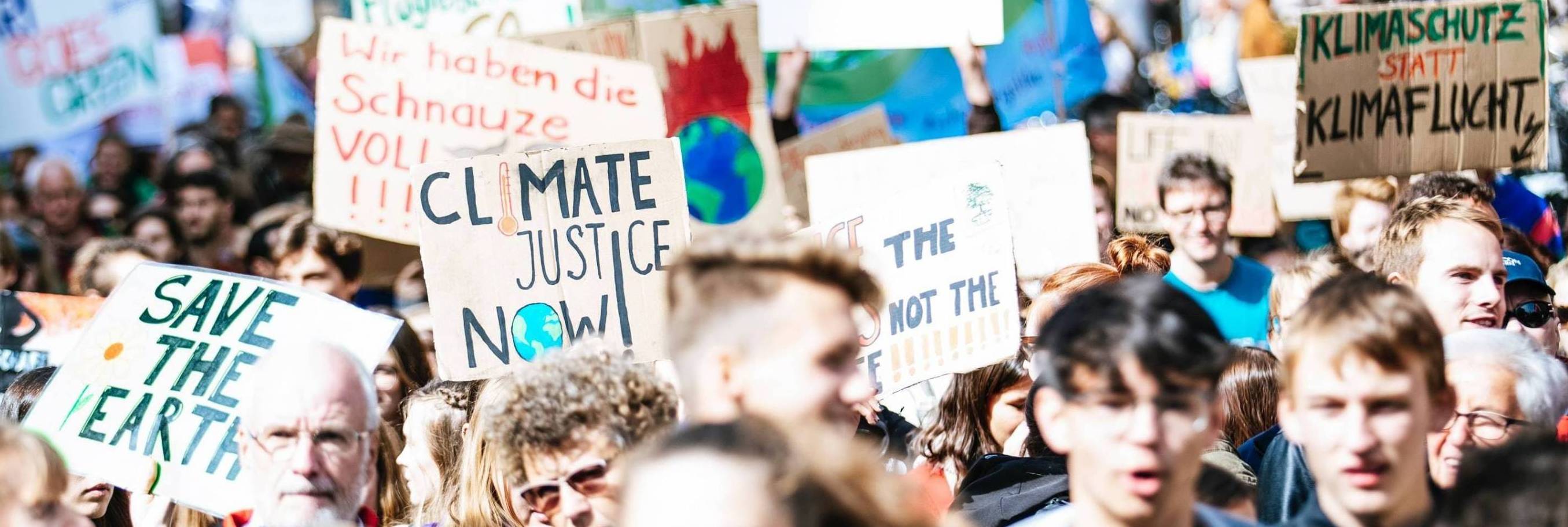
By Georgia Mae Lively–9/10/2020
The environmental justice movement was a response to the devastation of entire communities of innocent bystanders due to pollution and environmental degradation caused by just a few individuals and entities. The movement, which was started primarily by people of color and was linked to the Civil Rights Movement of the 1960s, sought to correct these injustices because vulnerable groups like the elderly and young children were the most sensitive to pollutants and were therefore suffering the most in terms of negative health impacts. Justice at that time came in the form of fines and regulations against polluters by the U.S. Environmental Protection Agency (EPA), which was established in 1970 in response to the broader environmental movement and has led to cleaner air and water all over the country.
In 1994, President Clinton signed Executive Order 12898, “Federal Actions to Address Environmental Justice in Minority Populations and Low-Income Populations.” The Order directed all federal agencies to make environmental justice a part of their mission by identifying and rectifying any disproportionate health or environmental effects on low-income and minority populations as a result of federal actions. This led to the establishment of the EPA’s Office of Environmental Justice, which “works to protect human health and the environment in communities overburdened by environmental pollution by integrating environmental justice into all EPA programs, policies and activities.”
Environmental justice matters because the very nature of climate change and environmental degradation is to impact those with the least resources. On top of that, low-income communities are too often subject to the negative environmental externalities caused by industry simply due to geography. Those with greater power and more resources are able to prevent dangerous projects from entering their communities, while low-income communities are forced to live near these projects and accept the risks. A perfect example is the Philadelphia Energy Solutions Refinery in South Philadelphia. The refinery, famously, was the site of a massive explosion last summer. But even before then, it was Philadelphia’s single largest stationary source of particulate pollution, according to city data, and the rates of hospitalization in its zip code for asthma were among the highest in the city.
Today, one of the Office of Environmental Justice’s biggest projects is its Small Grants Program, which distributes grants of up to $30,000 to vulnerable communities to be used to rectify the adverse effects of environmental degradation. Since 1994, the Office of Environmental Justice has disbursed over $28 million total in grants to more than 1400 community-based local and tribal organizations. In the past year, four of these grants have been awarded to local Philadelphia organizations: the Energy Coordinating Agency, Philadelphia Horticultural Society, Nueva Esperanza, Inc, and Delaware Riverkeeper. Funded projects involved educating families on how to live safely with lead contamination, building capacity for environmental justice community engagement in Nicetown and Tioga, establishing a community heat relief network in Huntington Park, and community-based research and rehabilitation on the Frankford Creek watershed, respectively. These grants provide critical support for local environmental justice work that would otherwise be impossible.
But recently, the Office of Environmental Justice, along with the rest of the EPA, has been subject to budget cuts and general instability since the beginning of the current federal administration. Its first budget, which proposed eliminating the Office of Environmental Justice along with an overall 30% cut to the EPA budget, led top official Mustafa Santiago Ali, Senior Advisor for Environmental Justice and Community Revitalization, Assistant Associate Administrator, and founding staff member of the EPA Office of Environmental Justice, to resign in protest. Though that budget was eventually revised and the elimination of the Office of Environmental Justice has not yet come to fruition, the Office of Environmental Justice has faced stringent budget cuts even since 2017. A recent bill in the U.S. House of Representatives allocates $17 million in environmental justice funding to the EPA, designed to be used for compliance and risk assessment as well as Small Grant funding. The bill has not yet been voted on by the Senate.
The House also put forth a recommendation that this funding be used address the impacts of COVID-19 through the Small Grants Program. COVID-19 looms large in the daily lives of every American and is yet another current example of environmental injustice at work: those same low-income communities that are experiencing higher childhood asthma rates because of projects like the PES Refinery are also seeing the most devastating impacts of COVID-19 due to long-term exposure to pollutants. Mustafa Santiago Ali remains a prominent figure in the environmental justice landscape after ending his time with the EPA. He points out the striking parallel that exists in the phrase “I Can’t Breathe” between the effects of both police brutality and COVID-19 on Black lives. Because of the Office of Environmental Justice’s mission to assist communities struggling disproportionately because of environmental degradation, combatting the effects of COVID-19 could be a good use of its resources. Should this increase in funding make its way to the EPA for environmental justice work, the Office of Environmental Justice could have the opportunity to impact long-term COVID-19 recovery efforts. This is a prime example of how the Office of Environmental Justice can continue to fulfill its mission as new challenges arise.
Want to keep up with the Office of Environmental Justice? Subscribe to their Listserv here!